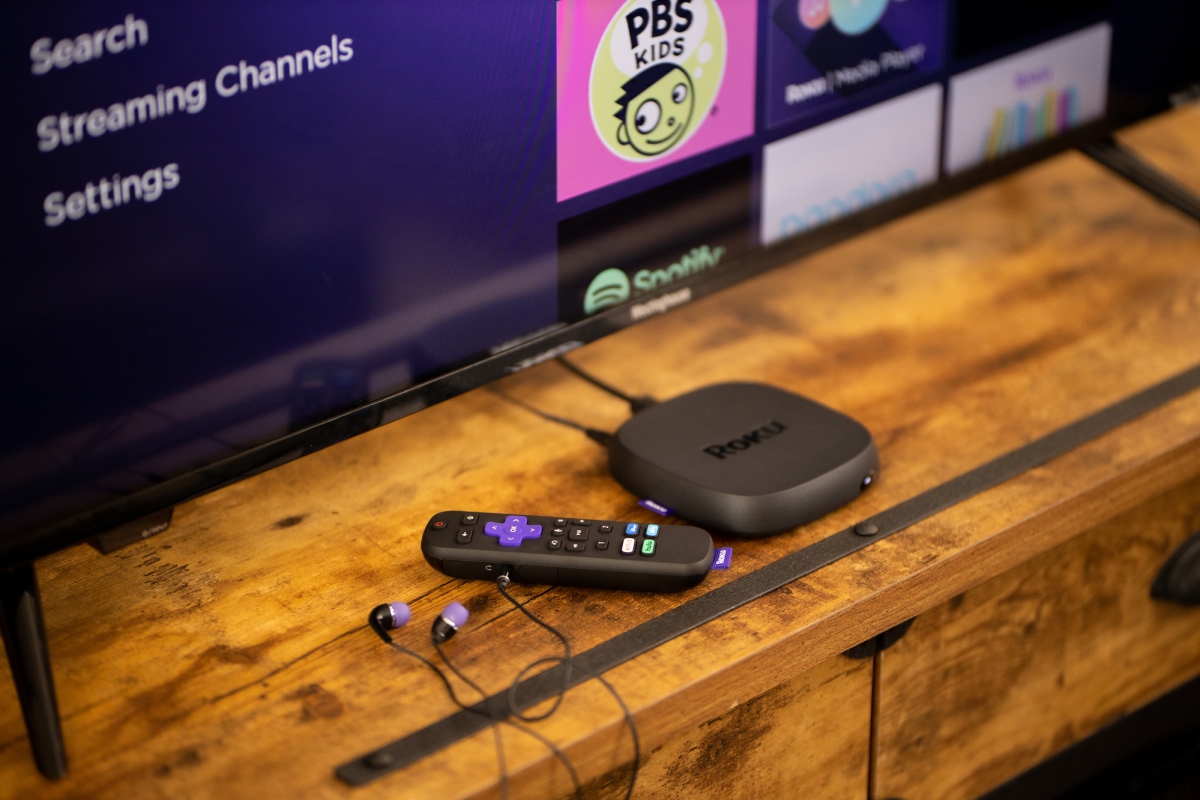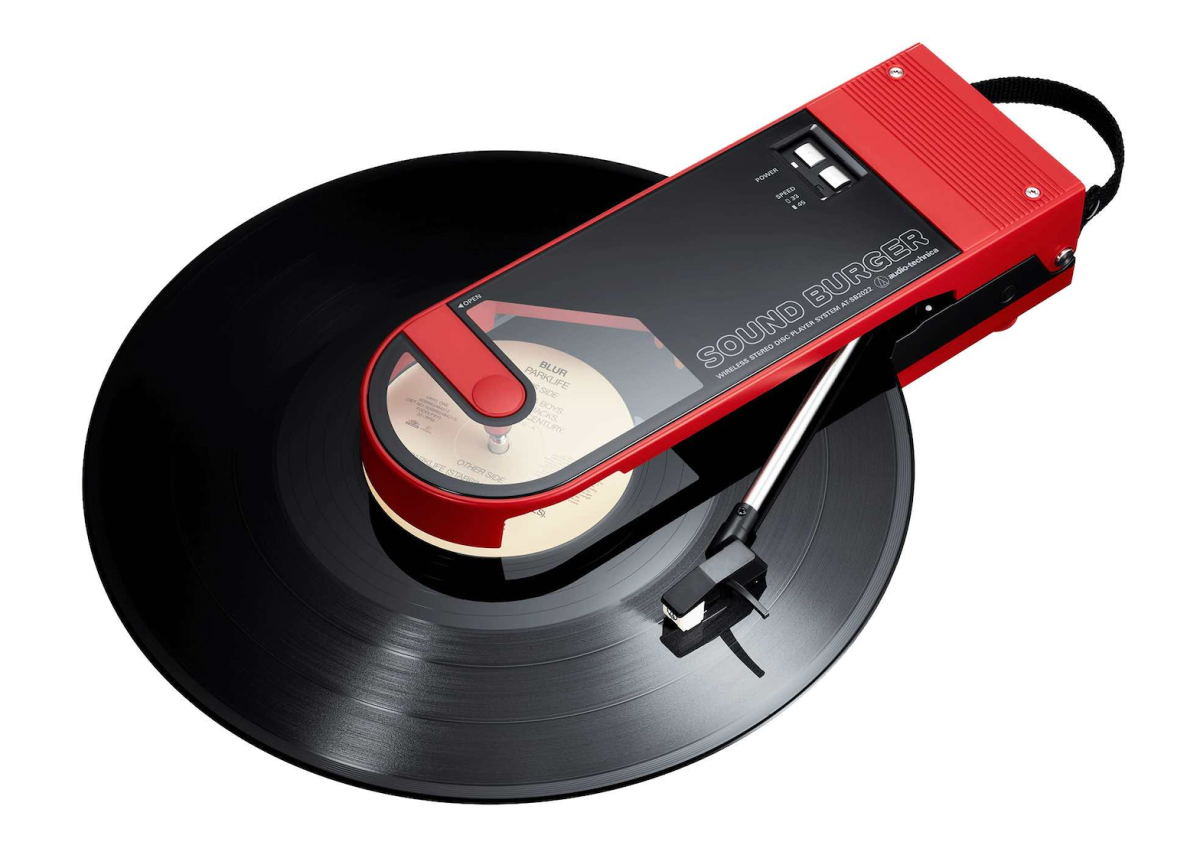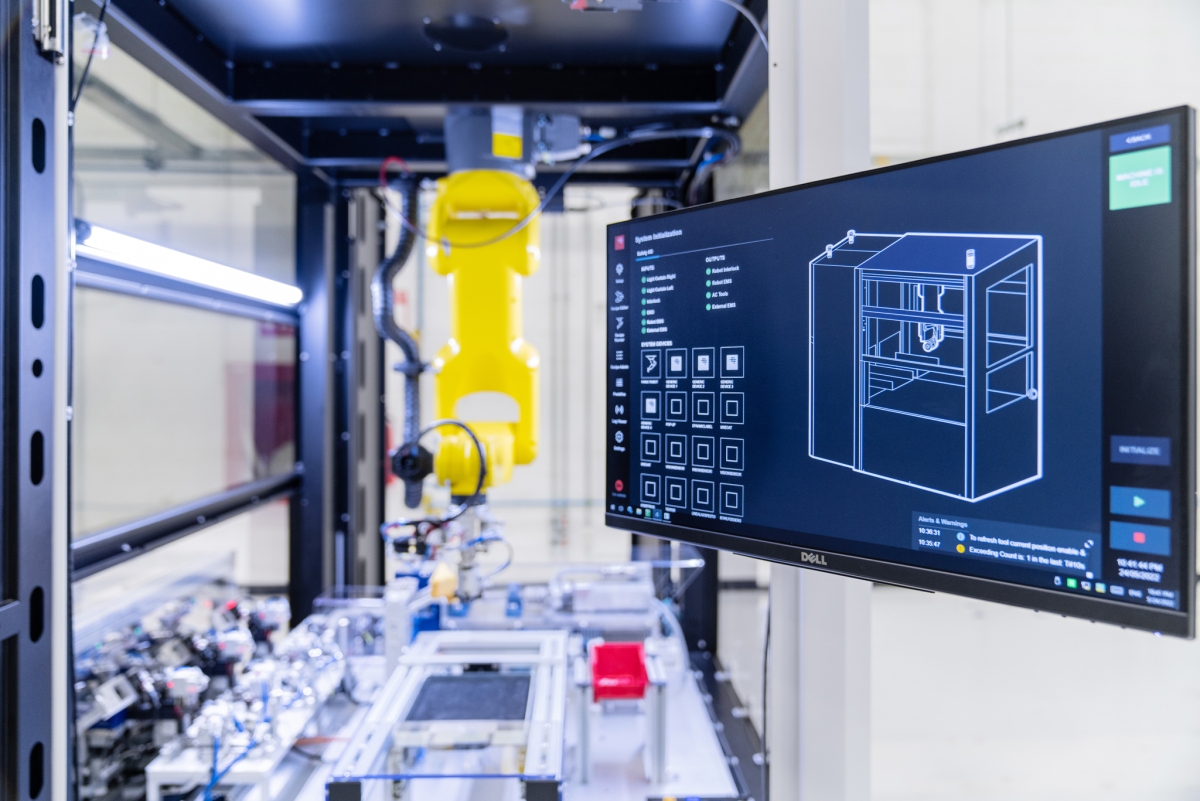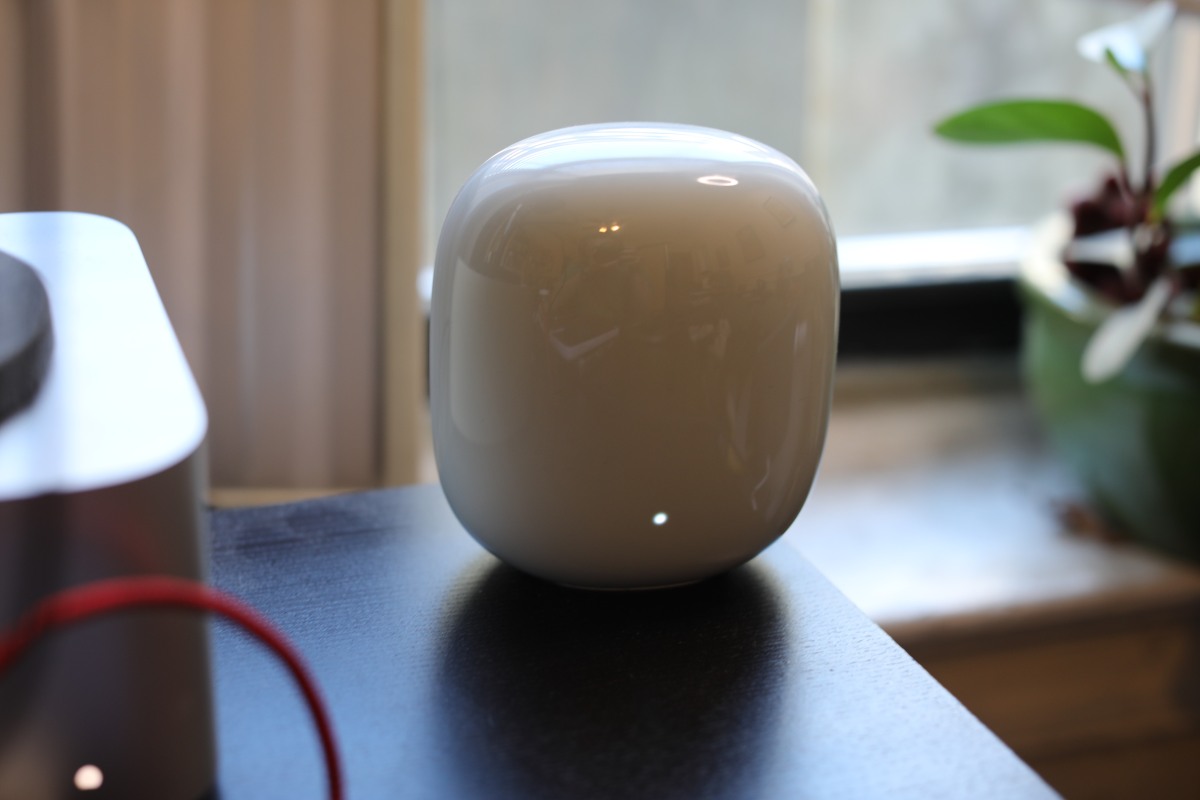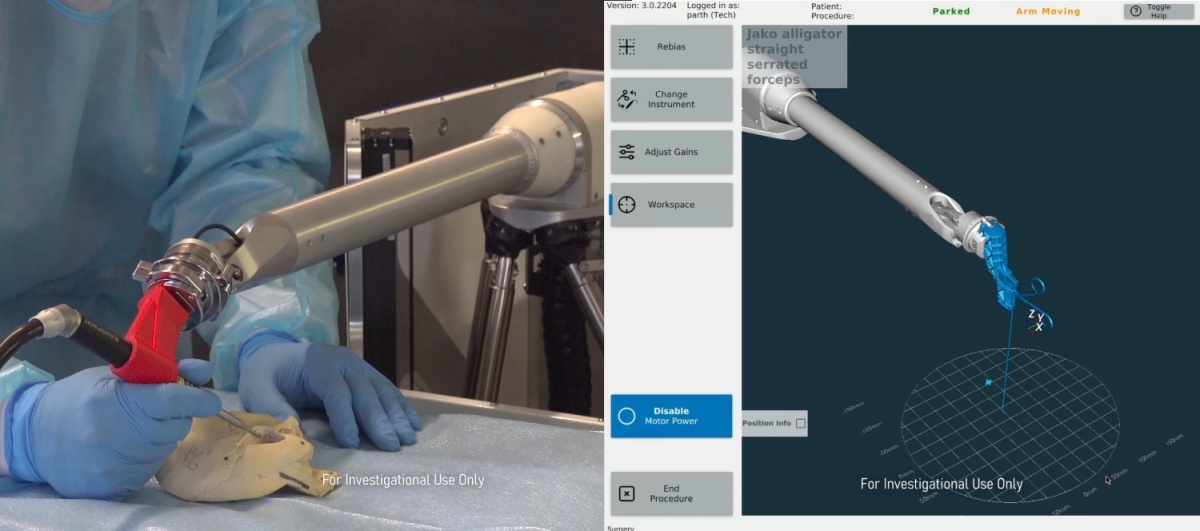Roku drops ~19% as it braces for a bumpy fourth quarter • ZebethMedia
As advertisers pull back on spending and supply chain disruptions persist, investors have braced themselves for an unpleasant quarter for Roku. And investors are probably right to be worried. Roku released its fiscal third-quarter earnings results on Wednesday, revealing that it is still experiencing slow growth in active accounts and revenue in a continuously challenging environment. The company also warned investors of a weak fourth quarter, telling shareholders it expects total net revenue of about $800 million, or a 7.5% decline year over year. Roku shares dropped nearly 19% in after-hours trading once investors saw the fourth quarter guidance. “As we enter the holiday season, we expect the macro environment to further pressure consumer discretionary spend and degrade advertising budgets, especially in the TV scatter market. We expect these conditions to be temporary, but it is difficult to predict when they will stabilize or rebound. We, therefore, anticipate Q4 Player revenue and Platform revenue to be lower year over year,” the company wrote in its letter to shareholders. And while Roku reported a total net revenue that beat expectations, the results are still much lower than in the past. Roku noted that its total revenue grew 12% year over year to $761 million, above its own expectation of $700 million. Analysts predicted Roku’s total revenue to reach $696 million this quarter. “Platform revenue grew 15% year over year, which was lower than our historical growth rates but positive given the difficult macro environment. Advertising spend on our platform continues to grow more slowly than our beginning-of-year forecast due to current weakness in the overall TV ad market, and the ad scatter market in particular,” the company said. Roku missed revenue expectations last quarter and reported a total net revenue of $764 million, which was $41 million less than Wall Street’s expectations. The company blamed the slowdown in TV ad spending for missing the mark. Meanwhile, the company also reported a net addition of 2.3 million incremental active accounts in Q3, bringing the total to 65.4 million, up from 61.3 million active accounts in the second quarter. Roku also had total streaming hours of 21.9 billion, up 1.1 billion from last quarter. Its free streaming service, The Roku Channel, saw a jump in streaming hours of 90% year-over-year. Roku continues to invest in The Roku Channel. Just this past month, the company launched the streaming service in Mexico, which marked a significant move for the service. Previously, The Roku Channel was only available in the U.S., the U.K. and Canada. The Roku Channel also launched 14 new linear channels through its Live TV Guide and added Paramount+ as a new premium subscription option. Roku tries to be smart(er) Roku made a bold move last month by stepping into the connected home space with the launch of various smart home devices. The Roku Smart Home lineup includes security cameras, video doorbells, smart lights and voice-enabled smart plugs. With Google and Amazon already in the smart home market, it’s likely Roku doesn’t anticipate becoming the first choice for consumers. Still, it makes sense for the company to finally monetize the smart home experience to the many consumers that already have Roku smart TVs in their homes. During a conference call with reporters, Roku chief financial officer Steve Louden said: “Expanding into the smart home ecosystem is a natural extension for Roku. Obviously, we’re a leading TV streaming platform, and smart TV is usually at the center of someone’s smart household. It’s a good extension to leverage our existing 65 million active accounts.” The company added in its letter that it’s still “early days,” but Roku has the “necessary technology and expertise in hardware, software, and connectivity to deliver a smart home ecosystem that is simple, powerful, and delightful.” Roku also recently launched the 2022 version of the Roku Express streaming player, a Roku Wireless Bass, as well as its software update, Roku OS 11.5, which includes new features like a universal watch list, a “continue watching” feature and a discovery hub that features short-form content.
